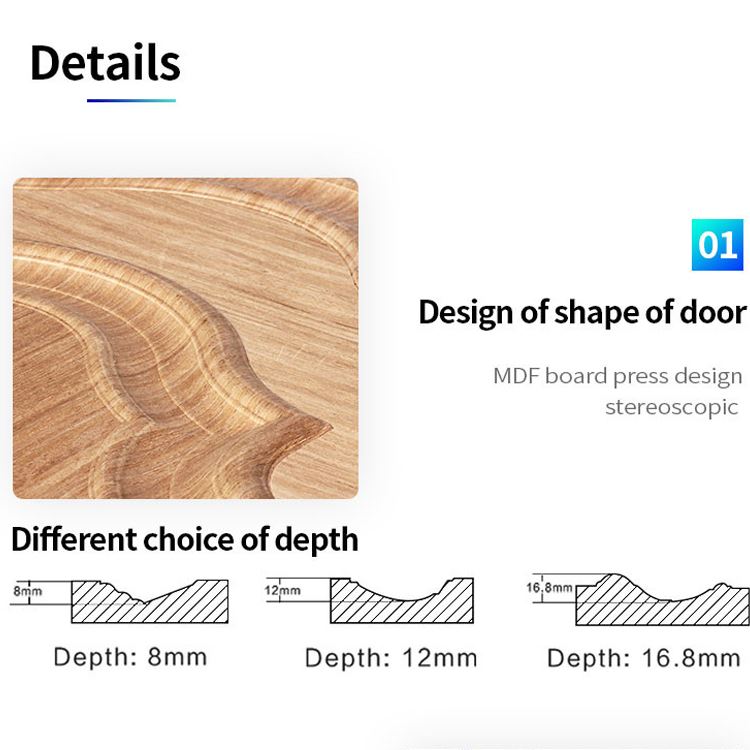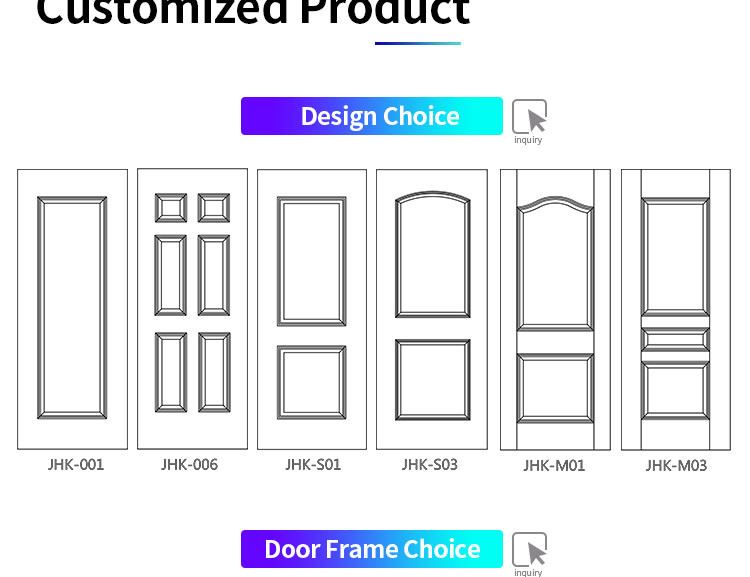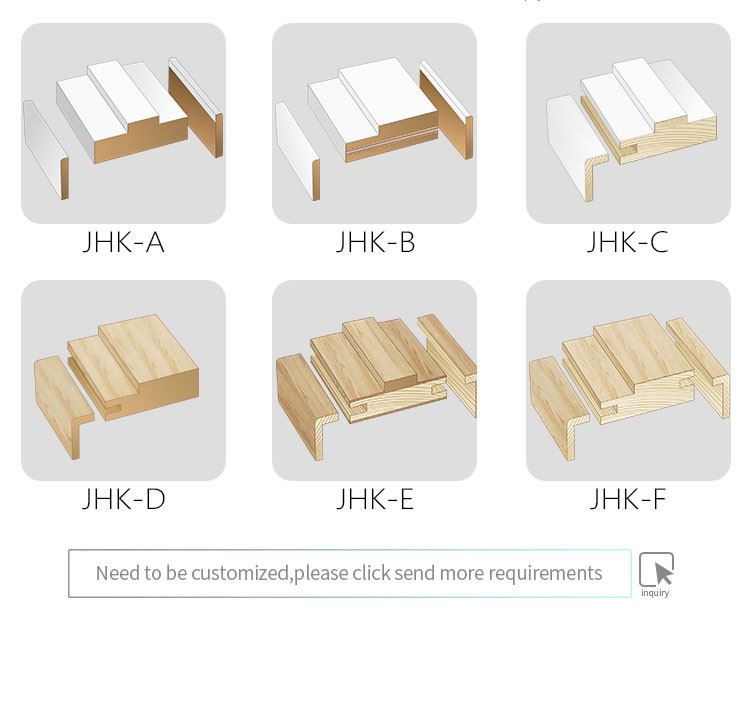Why is the header flat?
If the wall you are working on is not a load bearing wall, a lot of people use a single or double layer set of boards, arranged laying flat, for a header. When the wall being worked on is a load bearing wall (part of the structural integrity of the building), a lot of people use wide boards, such as 2x6 or 2x8, and arrange them on their sides when placed on the jack studs. These wide boards are most often stacked together, broad face meeting broad face, in arrangements of, most often, two to four layers thick, front to back, where the number of layers required is dependent on the thickness of the wall. This creates a solid beam for the header, essentially.
What is the rough cut opening width?
Your rough cut opening width should be 2-2.5" wider than the door you are planning to use.









Why is the header flat?
If the wall you are working on is not a load bearing wall, a lot of people use a single or double layer set of boards, arranged laying flat, for a header. When the wall being worked on is a load bearing wall (part of the structural integrity of the building), a lot of people use wide boards, such as 2x6 or 2x8, and arrange them on their sides when placed on the jack studs. These wide boards are most often stacked together, broad face meeting broad face, in arrangements of, most often, two to four layers thick, front to back, where the number of layers required is dependent on the thickness of the wall. This creates a solid beam for the header, essentially.
What is the rough cut opening width?
Your rough cut opening width should be 2-2.5" wider than the door you are planning to use.











